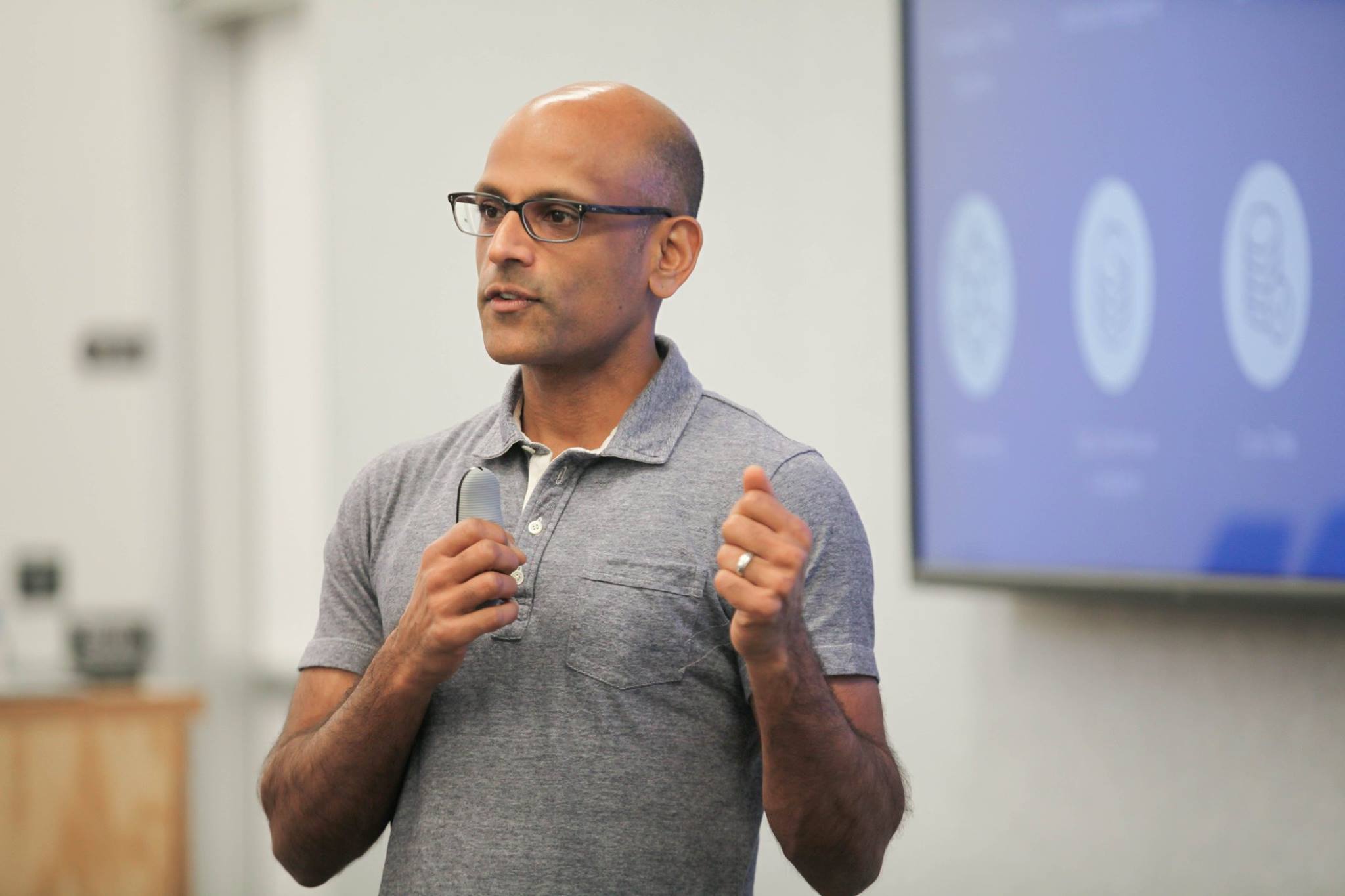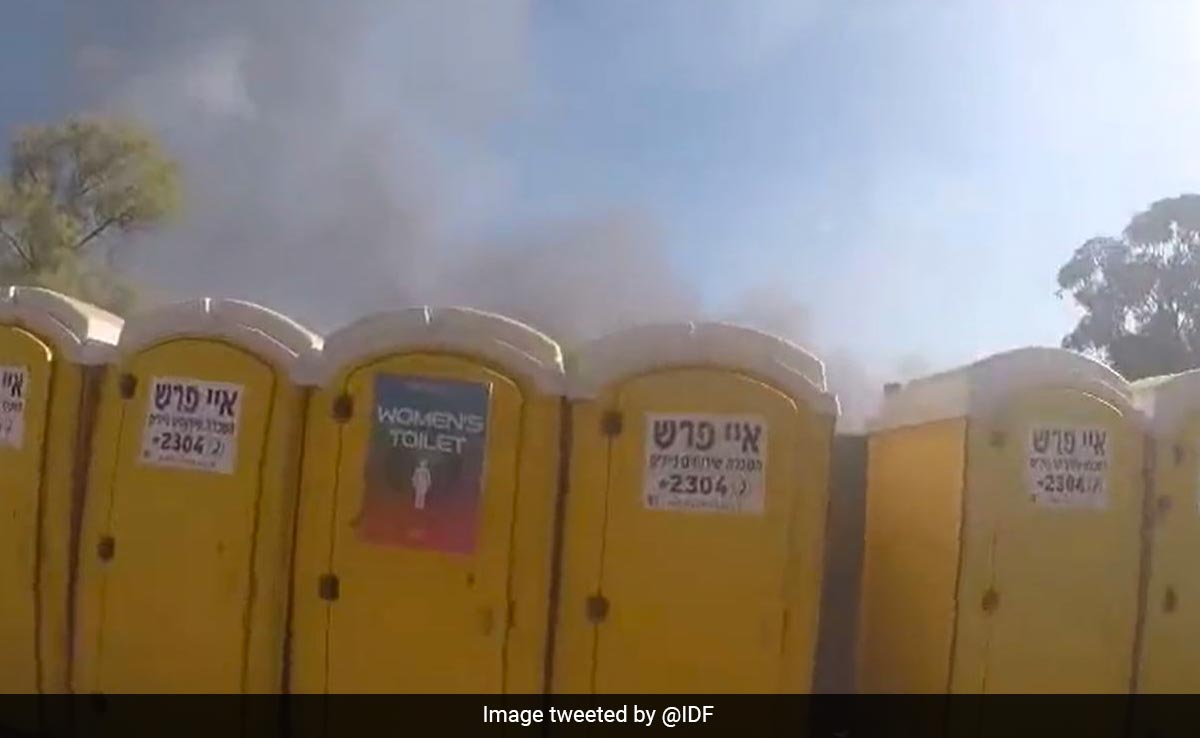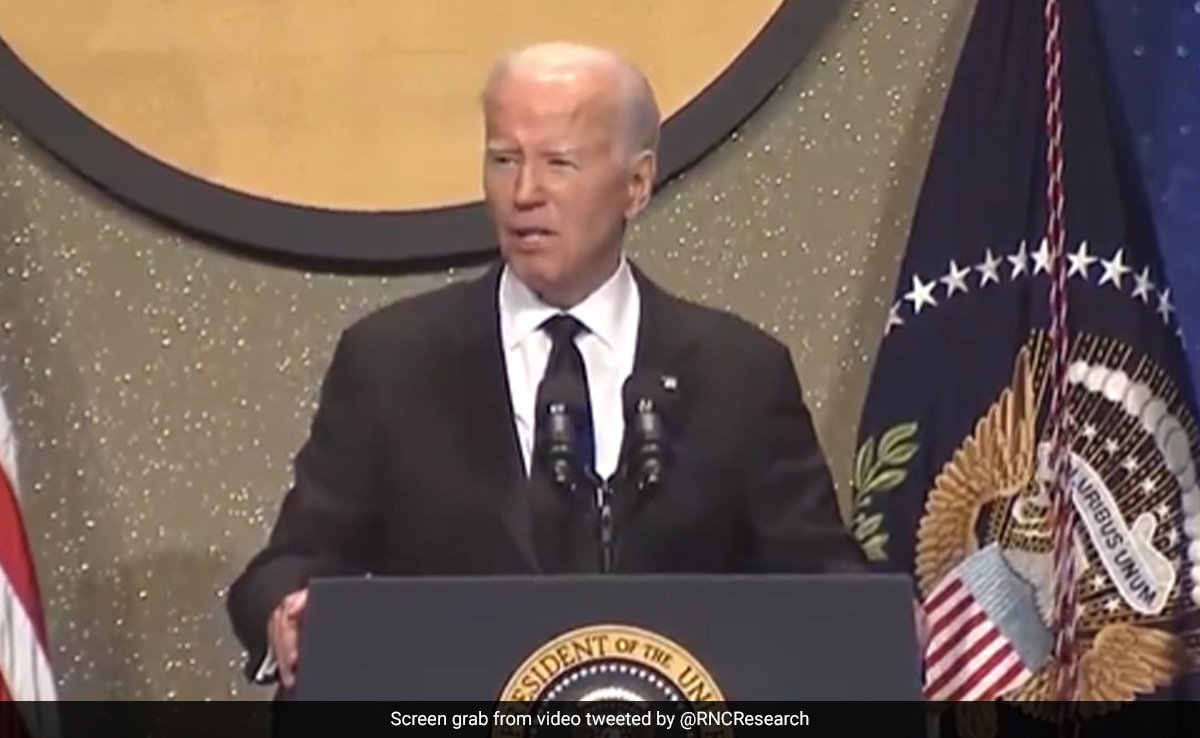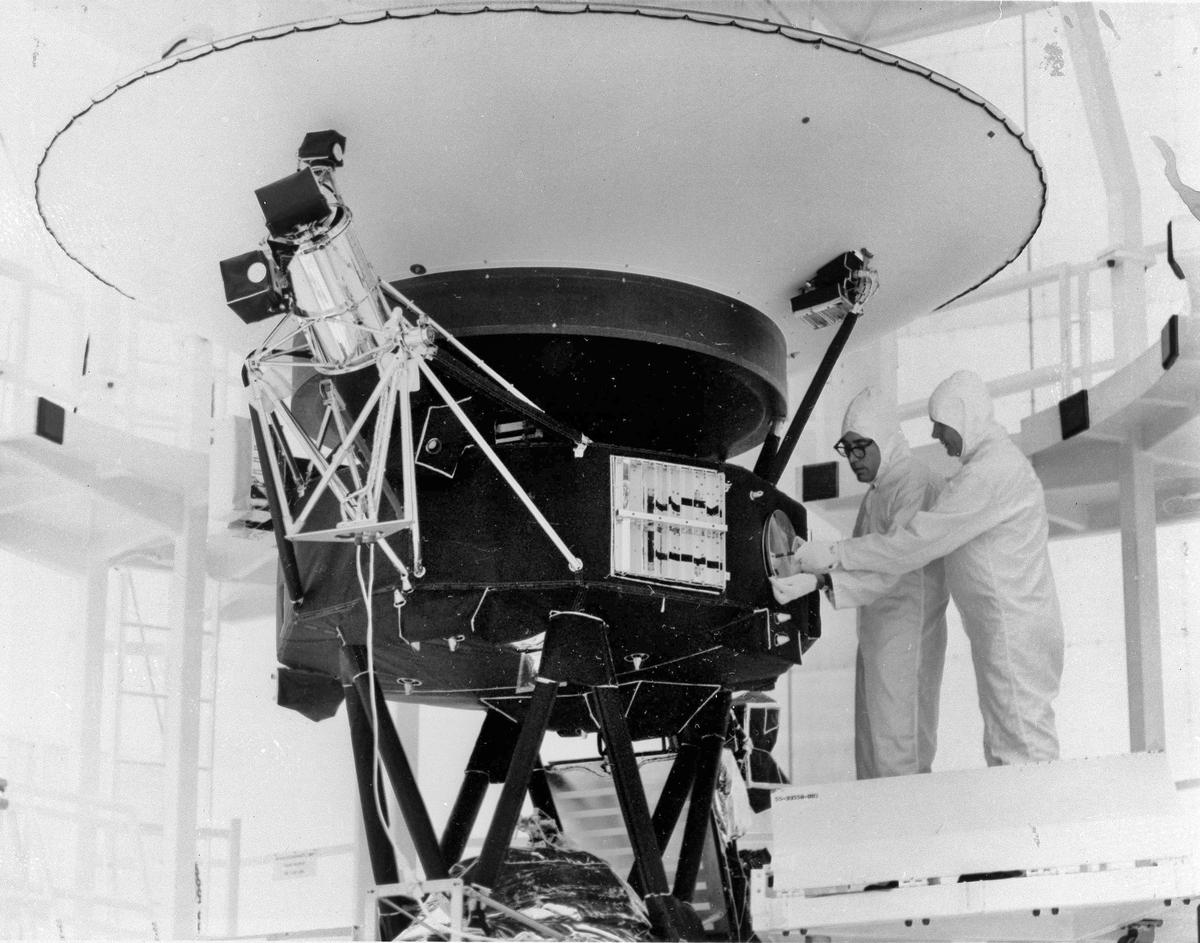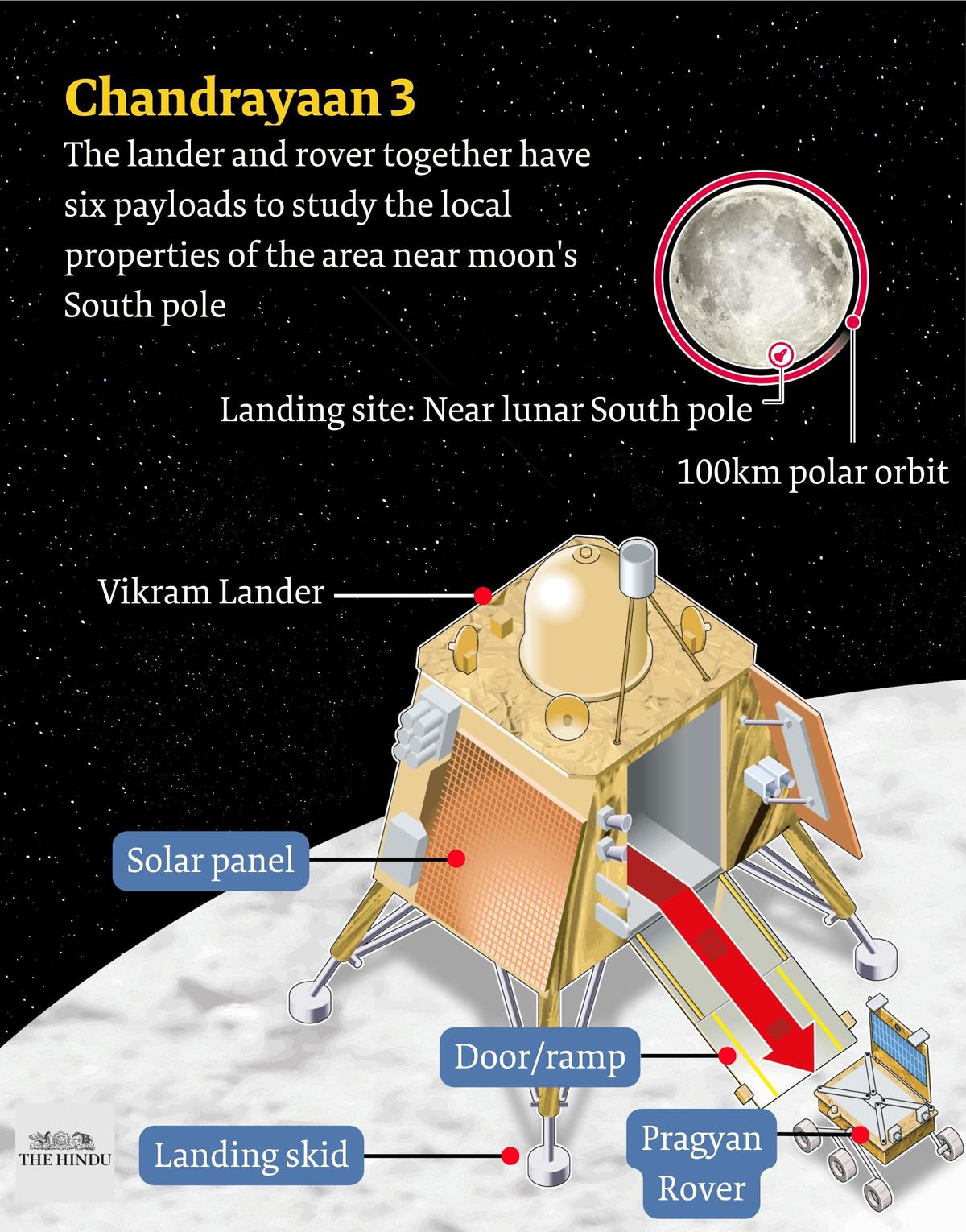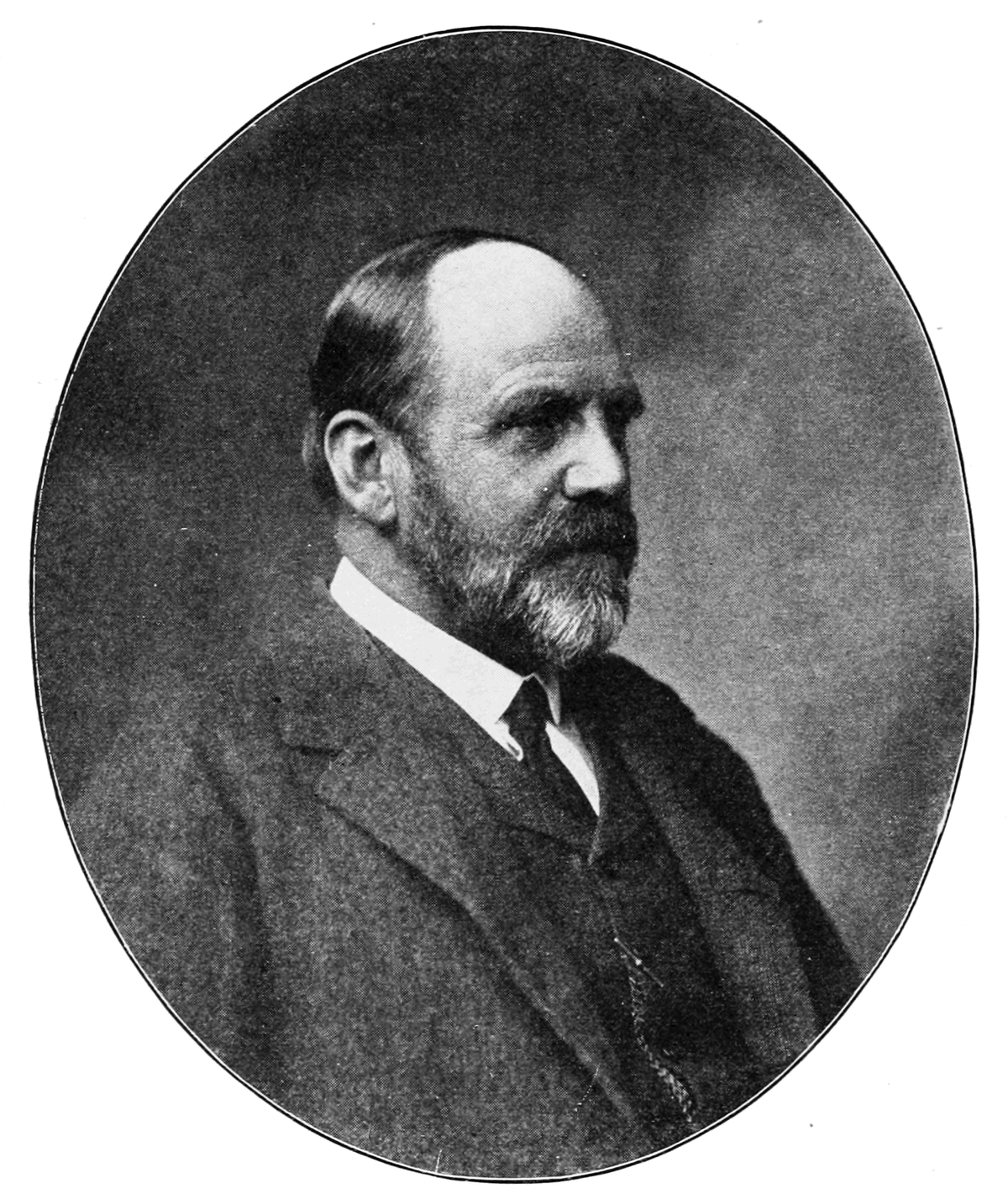ISRO Chairman S. Somanath with senior ISRO scientists and the directors of various centres during a press conference after successfully launching the first SpaDeX mission, Sriharikota, December 30, 2024.
| Photo Credit: PTI
There will be a series of space docking experiments before the Indian Space Research Organisation embarks on its Chandrayaan-4 mission to bring soil samples from the moon to the earth, ISRO has said.
On December 30, 2024, the C60 mission of the Polar Satellite Launch Vehicle (PSLV) placed two satellites, each weighing 220 kg, in orbit. They will rendezvous and dock with each other as part of ISRO’s first Space Docking Experiment (SpaDeX).
ISRO Chairman S. Somanath said “the nominal time” for the docking “will be approximately January 7.” He added, “The two SpaDeX satellites have moved one behind the other, so over a period of time, they will pick up further distance. The distance will increase by 20 km over the next few days and then the rendezvous and docking process will start.”

For Chandrayaan-4, ISRO will launch the mission’s modules in two Launch Vehicle Mark-3 (LVM-3) rockets. At various points during the mission, the modules will undergo a series of docking and undocking manoeuvres before finally transporting a canister of lunar soil safely back to the earth.
A crucial technology
Mr. Somanath had said on December 31, “2025 will be an exciting year as ISRO will launch four GSLV rockets, three PSLV launches as well as an SSLV launch.” (GSLV is short for Geosynchronous Satellite Launch Vehicle and SSLV for Small Satellite Launch Vehicle).
Docking is a crucial technology for India to master for Chandrayaan-4 as well as its forthcoming orbital Bharatiya Antariksh Station (BAS), expected to be ready by 2035, and for its goal to send an Indian astronaut to the moon.
Chandrayaan-4 study director P. Veeramuthuvel said, “Docking is important for all future missions of ISRO because you cannot launch everything in one go. So you need docking of modules in space. … There will be five modules in BAS, all of which require docking. This technology is crucial for bringing back the lunar soil samples and for India’s constant presence in space.”
The two satellites in the current SpaDeX mission are in a circular orbit 475 km above the earth. “At that height, the two satellites will be moving at a speed of 28,000 km an hour,” said former ISRO associate director B.R. Guruprasad. “You must establish the orbit of both the satellites. To bring them together, you have to match their speeds. It is not easy to match and adjust their speeds precisely, make them come close to each other and then dock. There lies the challenge.”

Chandrayaan-4 mission profile
Mr. Veeramuthuvel said at the International Astronautical Congress at Milan, Italy, in October 2024 one LVM-3 would carry the transfer and reentry modules and the other would carry the descend and ascend modules. The four modules together would weigh about 9.2 tonnes.
The pairs will dock in the geosynchronous transfer orbit and travel to lunar orbit. Here, the transfer and reentry modules will remain in orbit while the descent and ascent modules will reach the moon’s surface. The descent module will undock from the ascent module and deploy a robotic scoop to obtain a 3 kg sample of the lunar surface and subsurface, and place it in a cartridge. The ascent module will then lift off from the moon with the sealed cartridge.
“The descent module will be dead after the ascent module lifts off,” Mr. Veeramuthuvel said.
The ascent module will dock with the transfer module, transfer the cartridge, and undock to stay in a low lunar orbit. The reentry and transfer modules will then together travel towards the earth. In the final step, the transfer module will eject the reentry module, which will descend to the ground for retrieval.
Published – January 01, 2025 07:34 pm IST



